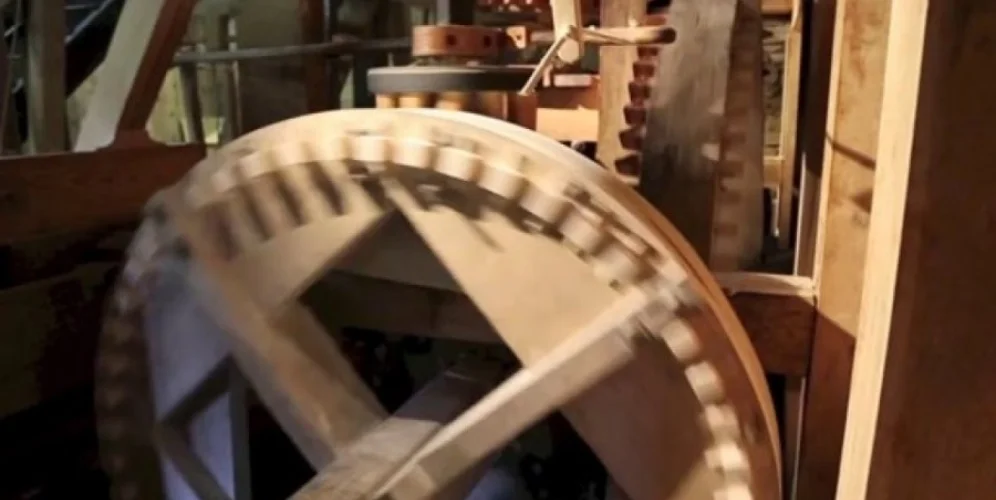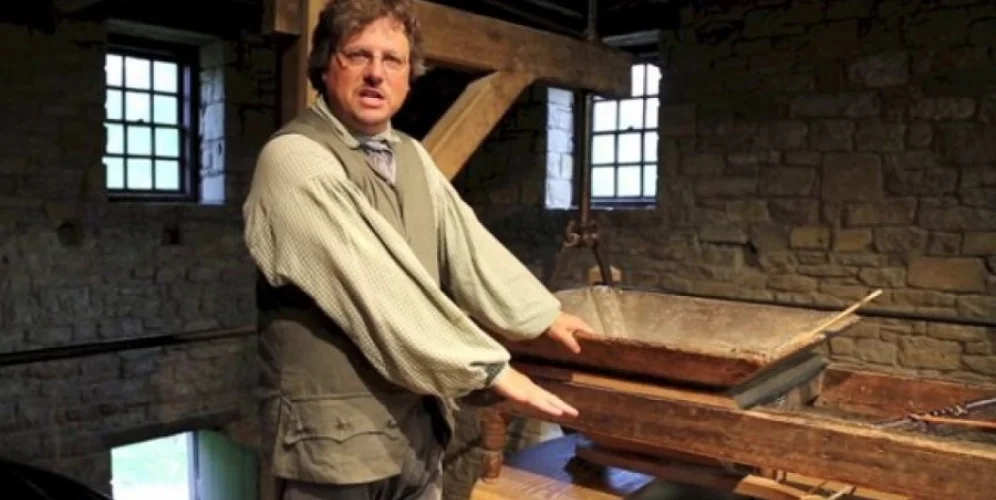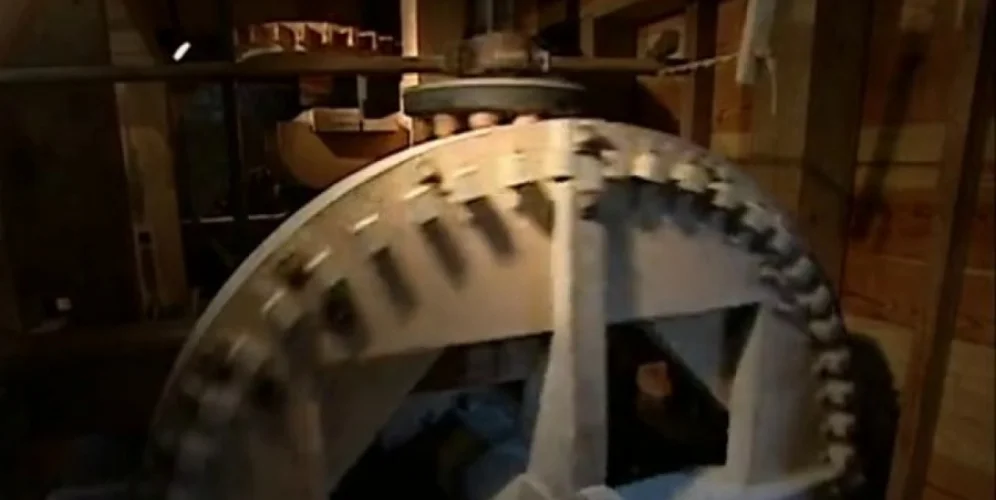George Washington's merchant gristmill was capable of producing 5,000 to 8,000 pounds of flour and cornmeal a day.
The gristmill is open on the weekends, seasonally.
The History of the Gristmill
George Washington constructed a gristmill at his Dogue Run Farm in 1770-1771.
In 1791, Washington upgraded his operation by installing milling improvements. This new automated method—known as the Evans system, after its inventor—moved grain and flour through all the steps in the milling process by mechanical means, with no need for manual labor.
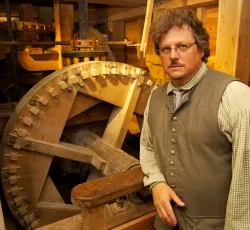
The Milling Process: Step-by-Step
Mount Vernon's master miller, Steve Bashore, describes the 18th-century milling process used by Washington in his gristmill.
Watch the Video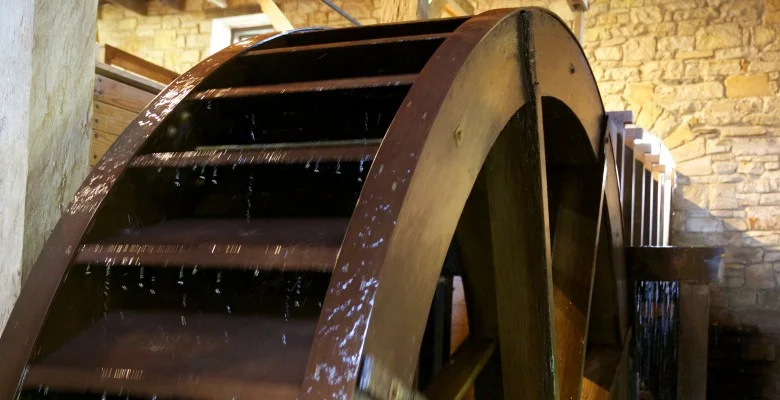
Ten Facts About the Gristmill
Learn more about Washington's merchant mill and the important role that it played on George Washington's Mount Vernon estate.
Learn More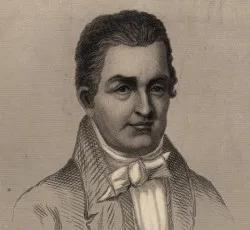
The Millworks of Oliver Evans
In 1791, George Washington upgraded his milling operation by installing improvements invented by Oliver Evans, a native of Delaware.
Learn more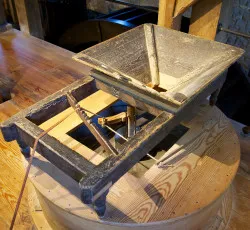
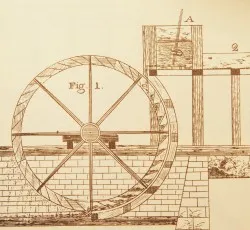
Gristmill Glossary of Terms
Learn more about the terms used to describe the key parts and operations of Washington's Gristmill at Mount Vernon.
Learn MoreExplore the Gristmill
Take a look inside George Washington's Gristmill through our Virtual Tour
Gristmill Products
Explore Mount Vernon's collection of products made at George Washington's reconstructed gristmill.
See our working mill at Mount Vernon in action




